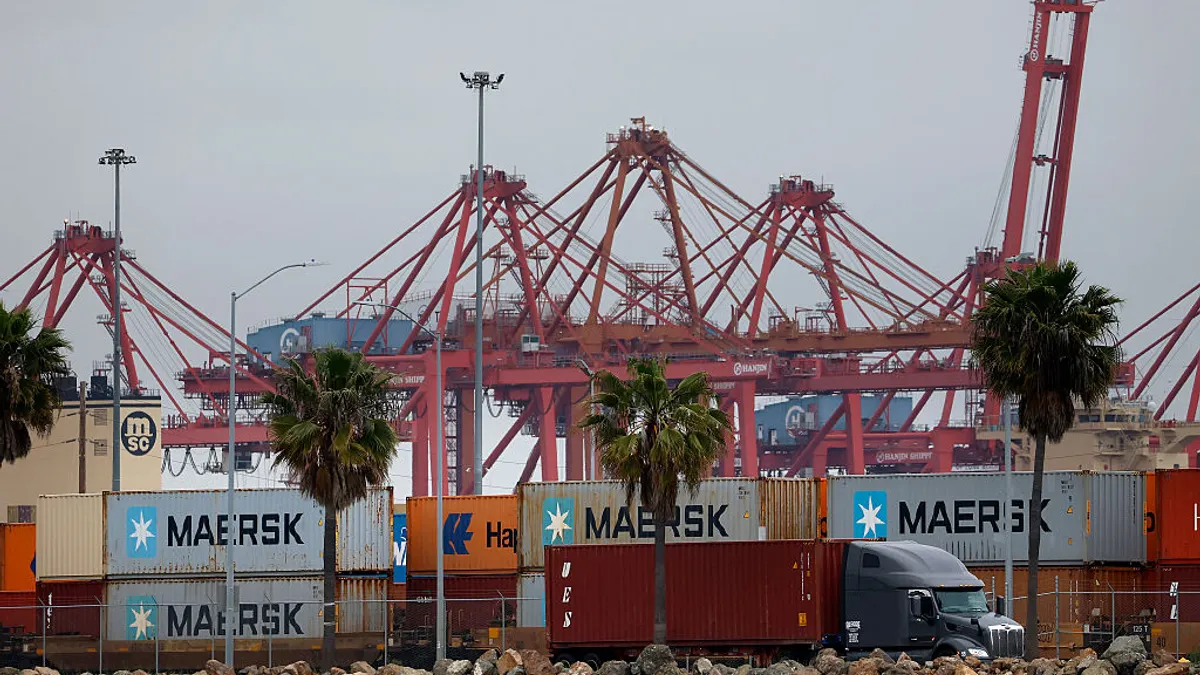The following is a contributed article by Pete Silva, a retired fleet executive and consultant who led three of the largest fleets in the country, PepsiCo, Aramark and National Express.
Since I retired from corporate fleet leadership a few years ago, I have been working with NGOs like Environmental Defense Fund, the North American Council for Freight Efficiency and CALSTART to advance the electrification of trucks and buses. Our goal is simple in theory and complex in execution: how can we get more fleets to move further on vehicle electrification faster?
It's become clear that electric trucks are capable, deliver tangible air quality benefits in the communities where they operate and offer long-term cost savings through reduced fuel and maintenance costs. It's also clear that for this transition to happen quickly, the organizations that will buy, operate and maintain these vehicles must be at the table from the beginning. With this in mind, we created the Fleet Readiness Group, consisting of major early adopter fleets, to provide buyer-side input on industry issues and resolutions.
In reviewing the New Jersey Board of Public Utilities Board's straw proposal for charging infrastructure, my colleagues and I are encouraged by the critical steps being taken to enable the deployment of electric trucks and buses in the Garden State. But the proposal also contains significant gaps that the board must address.
Fleets can't and won't go it alone on charging infrastructure
In order to transition to electric trucks and buses, fleets must invest more in the upfront costs of vehicles, acquire charging equipment, retrain drivers and mechanics, and adjust operations to work within the capacity of these vehicles. This work is already a heavy lift. It is not reasonable to ask fleets to cover the costs of electric grid upgrades too. Yet, the BPU straw proposal would have fleets fund the "make-ready" infrastructure that will be required to support an industry-wide shift to electric trucks.
Passing these significant costs to the fleets ignores three important realities. The first is that electrifying trucks and buses will pay direct, local health benefits where this transition occurs. The second is that the truck and bus sector can't and won't make this investment on its own. Third, fleets will become a significant source of new revenue for utilities and that much of fleet demand for electricity will occur during off peak times when the cost of service is lower. We all have a vested interest in spurring this transition, and pushing this burden solely to the fleets is unrealistic.
A once in a generation transition requires long-term planning
The straw proposal sets out a role for the utility to manage grid planning for new load; site private and public charging infrastructure; provide technical assistance to fleets on charging; and develop hosting maps to identify the best locations for public charging depots. But there's no requirement to do any outreach or long-term planning with fleets.
Some infrastructure buildout can take upwards of 10 years; how can those projects meet fleets' needs if they are not involved in the planning process, and how can utilities meet New Jersey electrification targets if they don't know what fleets want or need? Charging sites should not be solely dependent on where there is capacity available on the grid, but also where the key corridors for fleets are operating. This planning should also seek to investigate non-wires solutions to prevent unnecessary grid impact as well as help fleets achieve fuel cost savings.
Fleets will need an internal contact
The straw proposal recommends that utilities provide technical assistance to fleets, but it should go further and include dedicated staff to coordinate with fleets on all charging issues. Let's face it, not all fleet leaders are electricity experts, and could use all the help they can get to understand electricity issues. Dedicated utility staff would help with planning, choosing charging infrastructure, optimizing rate plans to fit fleet operating models, as well as assist with non-wires solutions, like storage, that will help ensure long-term price stability. This should be coupled with a focused marketing effort to increase fleet interest and involvement.
One year is not enough
The straw proposal includes a one year installation requirement for infrastructure programs. Given the size of some infrastructure projects and the ever-present possibility of delays, this time limitation is overly optimistic and will chill fleet interest.
Electric rates must work — long- and short-term — for fleets
It's important that charging rates spark electrification and are fair to all customers. Utilities need to work with fleets to ensure they understand the current rate structures and potential rate options to optimize their use case and charging plans. Complex rate structures could have the unintended consequence of slowing fleet adoption and penalizing early adopters. To spur adoption, these early adopters should receive some protection from high demand charges during this phase of low utilization. Fleets and utilities should work together on short- and long-term adoption strategies and how charging rates will affect them.
Renewables and storage should be required
The use of on-site renewable energy and battery storage not only reduce the charging costs for fleets, they are a critical ingredient to making electrification financially feasible. In fact, renewables and storage are what make fleet electrification a win, win, win. They reduce stress on the grid, reduce reliance on dirty electricity and make electrification a better business proposition for fleets.
Electrifying the U.S. truck and bus fleet is not only a transformation opportunity, it's a big lift. We need to get it right the first time. New Jersey's straw proposal is heading in the right direction. With these suggestions, it could be a national model.






















